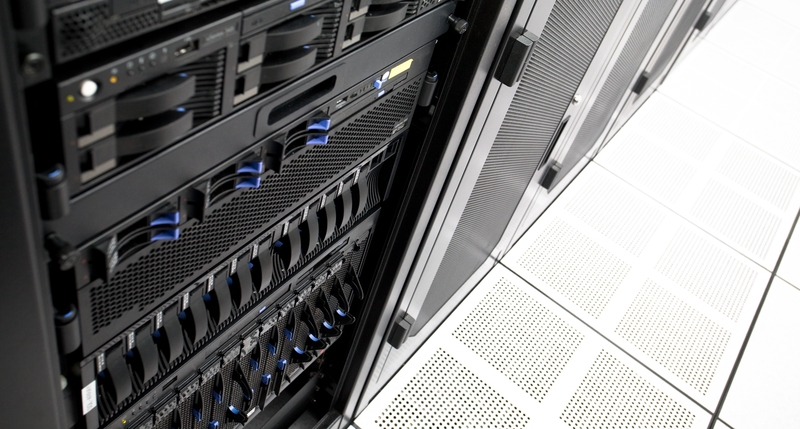Structured Cabling
Structured cabling is the design and installation of a cabling system that will support multiple hardware uses and be suitable for today’s needs and those of the future. With a correctly installed system, current and future requirements can be met, and hardware that is added in the future will be supported.
Why is Structured Cabling important?
A properly designed and installed structured cabling system provides a cabling infrastructure that delivers predictable performance and has the flexibility to accommodate moves, additions and changes, maximizes system availability, provides redundancy, and future proofs the usability of the cabling system.

Data Rack Design?
Cable Certification
In copper twisted pair wire networks, copper cable certification is achieved through a thorough series of tests under the Telecommunications Industry Association (TIA) or International Organization for Standardization (ISO) standards. These tests are done using a certification testing tool, which provides a pass or fail information.
The performance tests and their procedures have been defined in the ANSI/TIA/EIA-568-B.1 standard and the ISO/IEC 11801 standard. The TIA standard defines performance in categories (Cat 3, Cat 5e, Cat 6, Cat 6A) and the ISO defines classes (Class C, D, E, EA, F and FA). These standards define the procedure to certify that an installation meets performance criteria in a given category or class.
The significance of each category or class is the limit values of which the Pass/Fail and frequency ranges are measured: Cat 3 and Class C (no longer used) test and define communication with 16 MHz bandwidth, Cat 5e and Class D with 100 MHz bandwidth, Cat 6 and Class E up to 250 MHz, Cat6A and Class EA up to 500 MHz, Cat7 and Class F up to 600 MHz and Cat 7A and Class FA with a frequency range through 1000 MHz.
The standards also define that data from each test result must be collected and stored in either print or electronic format for future inspection.
As-Built Documentation
Network documentation is a form of technical documentation. It is the practice of maintaining records about networks of computers. The documentation is used to give administrators information about how the network should look, perform and where to troubleshoot problems as they occur.
As the purpose of network documentation is to keep networks running as smoothly as possible while minimizing downtime when repairs are necessary, essential parts of network documentation include:
Map of the entire network to include locations of each data port #
Spreadsheet to cross-reference the data map showing the location of the data port #, hardware device, serial number, or asset ID tag information
Service Cutovers
Can include the process of transitioning from one system to a new system, moving services from one location to a new location, OR installing new equipment after regular business hours to minimize downtime and office disruption.
When preparing for the cutover
Core-Tech will plan, prepare and execute the cutover by creating a plan that describes all tasks that have to be performed before the actual go-live. This includes documentation of service circuit numbers, switching equipment serial numbers or asset IDs, as well as patch cable switch port locations to associated data port locations.
Once complete, we coordinate with the customer to begin discussion and test when complete to ensure the services are back to proper functioning order before business hours resume.



